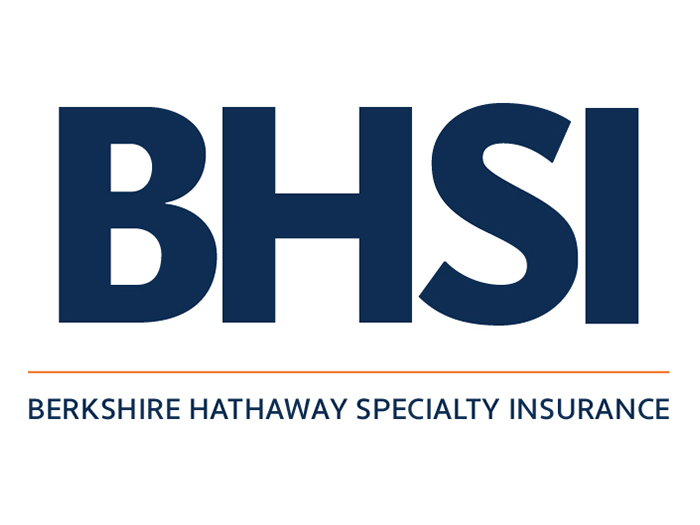Preparing for the Boom: Is Your Medical Management Program Primed for America’s Aging Workforce?
American employers are beginning to experience early trends of a maturing workforce; employees beyond traditional Social Security retirement age of 66 years and 2 months[1] are remaining at work due to advanced education, improvements in health care, and longer life expectancies[2].
“Baby boomers,” individuals born between 1946 and 1964[2], are particularly fueling increases in the maturing labor force as by year 2030, all baby boomers will be older than 65 years of age.
The U.S. Census Bureau projects that for the first time in America’s history, by year 2035 the number of citizens 65 years and older will outnumber those 18 years and younger.
Reviewing prescription utilization in maturing adults, the Centers for Disease Control reported in early 2019 that more than 90% of the older population, those aged 65 years and older, are utilizing at least one prescription daily, while more than 66% of older people use three or more medications per day[3].
What this means to employers is that employees of advanced age should be expected to place greater demands on both the group health and workers’ comp industries due to comorbidities associated with advanced age, leading to potential prescribing cascades.
Health care concerns unique to an older population include chronic conditions such as arthritis, cancer, heart disease and diabetes, as well as increased susceptibility to slips, trips and falls.
In workers’ comp, even as the number of claimants and prescription transactions are declining year over year, examining the age group 65-74, within the myMatrixx book of business, the average cost per prescription increased between 2017 and 2018 by 3.95%, and the average cost per patient rose by 2.7%.
Moreover, the age group of employees 75 years and older experienced a 0.6% increase in the total number of prescriptions per employee and a 1.8% increase in total cost per prescription in 2018 as compared to 2017.
To support clinicians in prescribing medications for mature adults, the American Geriatrics Society (AGS) established the Beers Criteria to improve medication selection, reduce adverse drug events and quality of care with medications for people aged 65 years and older.
As employers of today begin to embrace the aging workforce of tomorrow, it will be important to ensure that workers’ compensation medical management programs remain cognizant of the distinct needs of this growing sect of employees.
In those instances when the mature employee does become injured while at work, weaving valuable clinical resources such as the AGS’s Beers Criteria into clinical monitoring will safeguard against additional injury, exacerbation of chronic disease states and adverse drug effects. &
[1] National Academy of Social Insurance, What is the Social Security Retirement Age
[2] Bureau of Labor and Statistics, U.S. Department of Labor, Monthly Labor Review, Toossi, M. (2002) A Century of Change: The U.S. Labor Force
[3] National Center for Health Statistics. (2018). Table 79. In Health, United States, 2017










